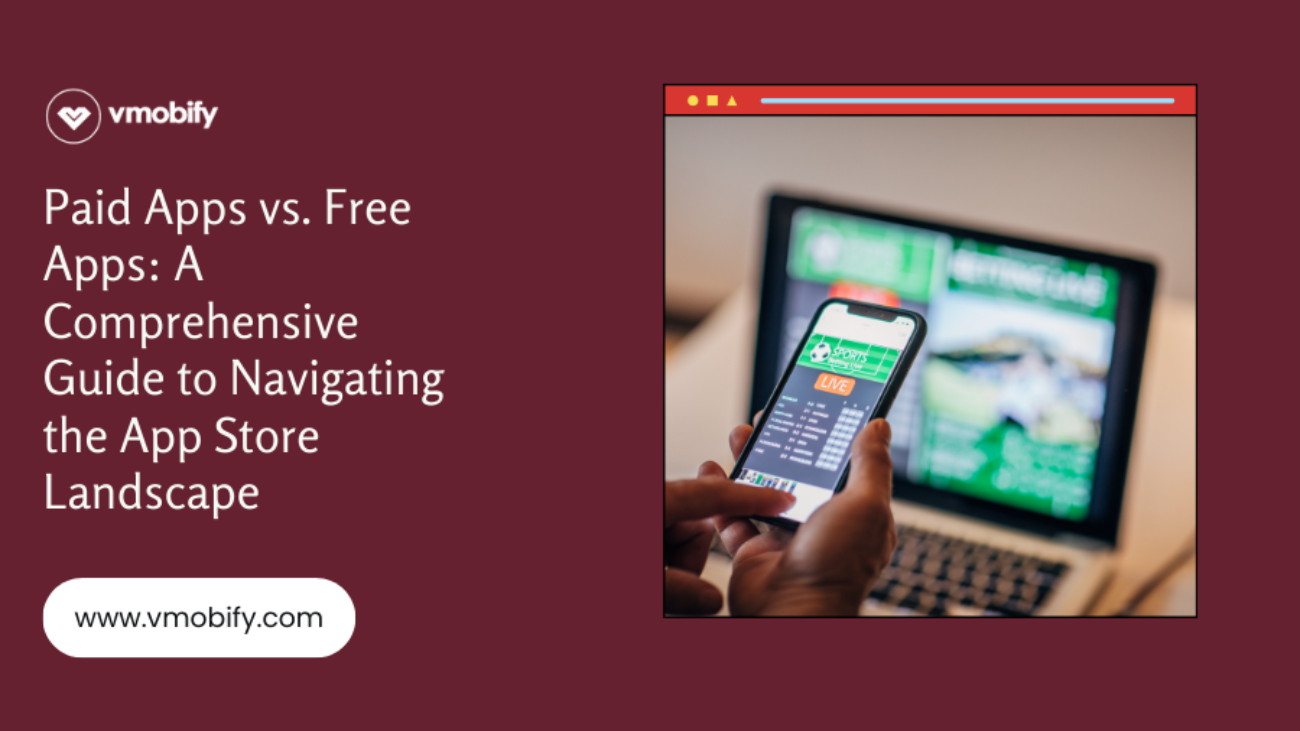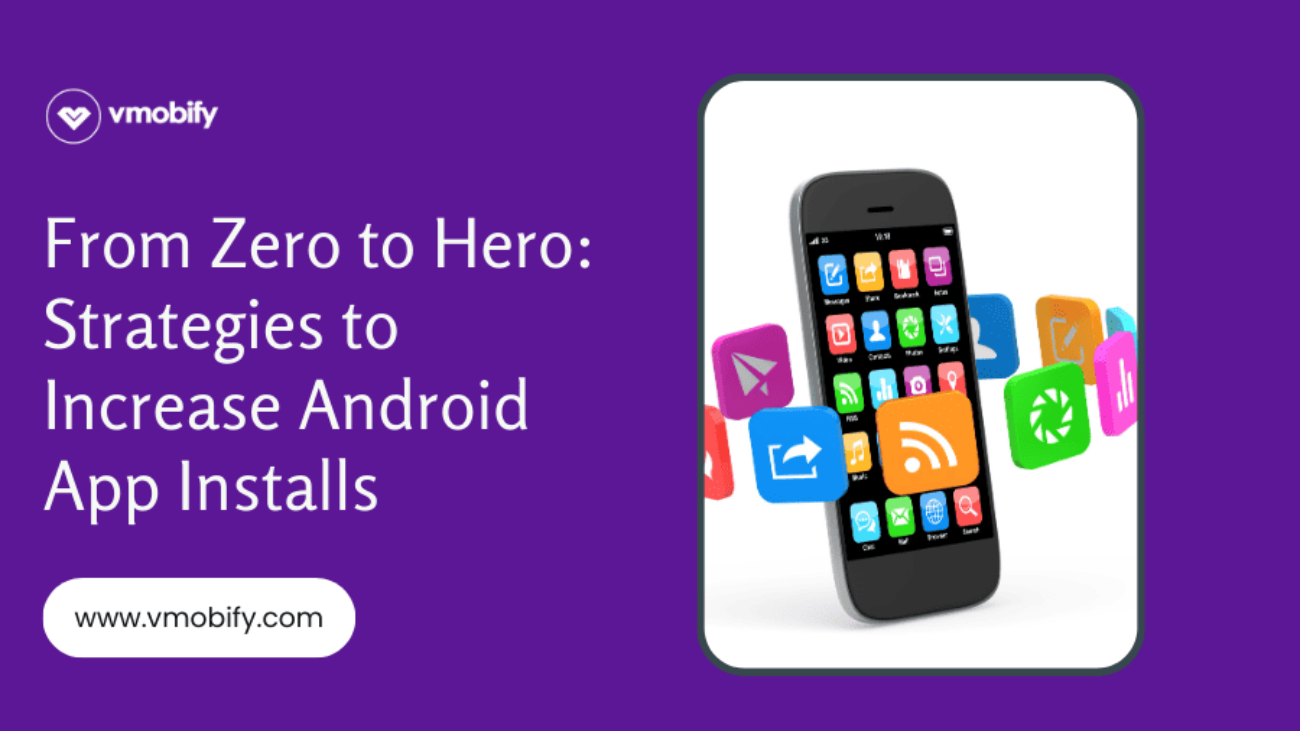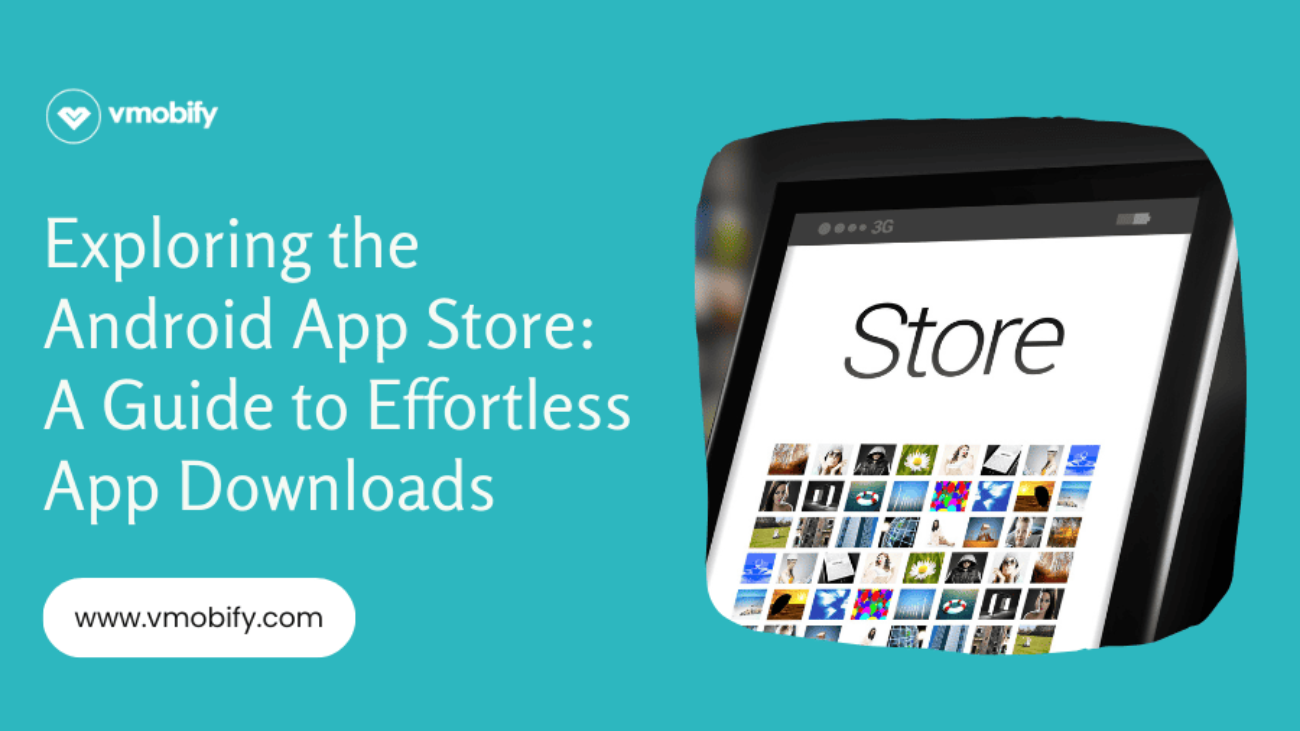The app store landscape is a vast and dynamic terrain, offering a multitude of choices to users worldwide. Among the most significant decisions users face is whether to opt for paid apps or free apps. Each category has its unique advantages and considerations, and navigating this landscape effectively requires a clear understanding of the pros and cons. In this comprehensive guide, we will explore the key differences between paid and free apps to help users make informed choices when it comes to downloading and using mobile applications.
The Appeal of Free Apps
- Cost-Efficiency
The most apparent advantage of free apps is, of course, their cost-efficiency. Users can download and use these apps without spending a dime, making them accessible to a broader audience. This accessibility is particularly appealing to budget-conscious users or those looking to explore an app’s functionality before committing financially.
Free apps provide a low-barrier entry point into the world of mobile applications, allowing users to experiment with various apps without any financial commitment. This can be especially beneficial for users who are unsure about the value or utility of an app and want to test it before making a purchase.
- Large User Base
Free apps typically boast larger user bases due to their accessibility. This can result in a thriving community of users, which may be essential for social networking, communication, or content-sharing apps. A larger user base can also encourage developers to offer regular updates and improvements.
For users who value social interaction and engagement within apps, the popularity of free apps can be a significant advantage. Communities of users can lead to more content, more frequent updates, and a more vibrant user experience.
- In-App Advertising
To monetize free apps, developers often incorporate in-app advertisements. While this may seem intrusive to some users, it allows them to enjoy the app for free while generating revenue for developers. In-app ads come in various formats, including banner ads, interstitials, and rewarded videos.
In-app advertising can be a mixed bag for users. On one hand, it enables them to access the app without any upfront costs. On the other hand, ads can be disruptive and occasionally intrusive, affecting the overall user experience. The tolerance for ads varies among users, making it a crucial consideration when choosing between paid and free apps.
- Freemium Model
Many free apps adopt a “freemium” model, offering basic functionality for free and charging for premium features or content. This approach allows users to access the app’s core features at no cost while offering premium options for those willing to pay.
The freemium model strikes a balance between accessibility and revenue generation. Users can enjoy the app’s basic functions without spending money, but they have the option to enhance their experience by purchasing premium features. This flexibility can be appealing to a wide range of users with varying needs and budgets.
The Allure of Paid Apps
- Ad-Free Experience
Paid apps offer an ad-free user experience, which can be a significant draw for users who value an uninterrupted and distraction-free app interaction. This absence of ads can enhance user satisfaction and streamline the app’s functionality.
For users who prioritize a seamless and ad-free experience, paid apps are often the preferred choice. Advertisements can be disruptive and sometimes compromise the usability of an app. By opting for paid versions, users eliminate this inconvenience entirely.
- Premium Features
Paid apps often come loaded with premium features, offering a more comprehensive and feature-rich experience compared to their free counterparts. Users who require advanced capabilities or a specialized tool are often willing to invest in a paid app.
The premium features in paid apps can range from enhanced functionality to exclusive content. Users who depend on specific apps for work, productivity, or creative endeavors may find that the advanced features justify the cost.
- No In-App Purchases
Paid apps typically do not rely on in-app purchases (IAPs) to unlock core features. This transparency can be appealing to users who want to know precisely what they are getting when they download the app, without worrying about hidden costs.
The absence of in-app purchases in paid apps provides users with a clear understanding of the app’s pricing structure. This transparency can be especially reassuring for those who are wary of unexpected expenses associated with free apps.
- Privacy Considerations
With paid apps, there may be fewer privacy concerns compared to free apps that rely heavily on advertising revenue. Users may feel more confident that their data is not being exploited for targeted advertising purposes.
Privacy is a growing concern in the digital age, and many users are becoming increasingly cautious about sharing their personal information with apps and services. Paid apps, which do not rely on ad-based data collection, can provide a sense of security and privacy.
Considerations When Choosing
- App Purpose and Value
Consider the purpose of the app and its perceived value. For essential or specialized tools, a paid app may be a worthwhile investment. Conversely, for casual or experimental use, a free app may suffice.
The decision to choose between paid and free apps should align with the specific purpose you have in mind. If the app is integral to your daily tasks or serves a critical function, investing in a paid version with enhanced features may be a wise choice. However, for apps that you intend to use sporadically or for entertainment, a free version may be sufficient.
- Monetization Approach
Examine how the app generates revenue. Free apps may include ads or in-app purchases, which can affect the user experience. Paid apps offer ad-free and often more private experiences.
Understanding how an app monetizes its user base is essential for making an informed decision. If you are comfortable with in-app advertisements and occasional purchases, a free app might be suitable. However, if you prefer an ad-free and uninterrupted experience, a paid app is the better option.
- User Reviews and Ratings
User reviews and ratings can provide insights into an app’s quality and user satisfaction. Assess what existing users have to say about their experience with the app.
User feedback is a valuable resource when evaluating apps. Reading reviews and examining ratings can give you a sense of the app’s reliability, performance, and user-friendliness. Look for patterns in feedback, such as recurring issues or praises, to make an informed choice.
- Trial Versions
Some paid apps offer trial versions or lite versions with limited functionality. These can be an excellent way to test an app before committing to the full paid version.
Trial versions provide users with a risk-free opportunity to evaluate the app’s suitability for their needs. It allows you to experience the app’s core functionality before making a financial commitment. This is particularly helpful when deciding whether the premium features offered by a paid app justify the cost.
Conclusion
The choice between paid and free apps ultimately comes down to individual preferences and needs. Both categories offer unique advantages, and the app store landscape accommodates a diverse range of users. By considering the app’s purpose, monetization approach, user feedback, and the availability of trial versions, users can navigate the app store landscape effectively, ensuring that they find the apps that best suit their requirements and preferences.
Whether you opt for free or paid apps, the goal is to enhance your digital experience and meet your specific needs in the ever-evolving world of mobile apps. Understanding the trade-offs and making informed decisions will empower you to make the most of your mobile device and the countless apps available at your fingertips.





